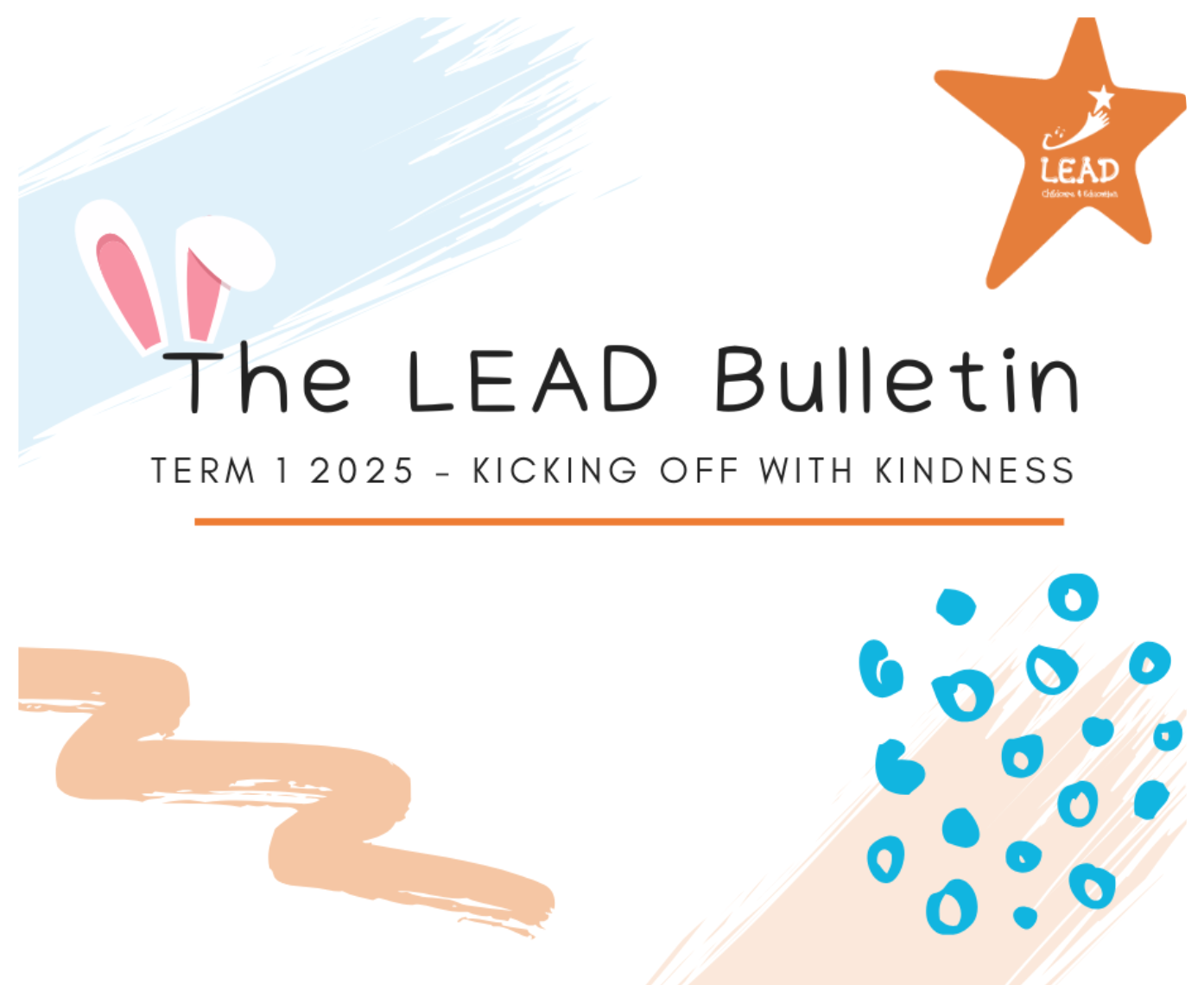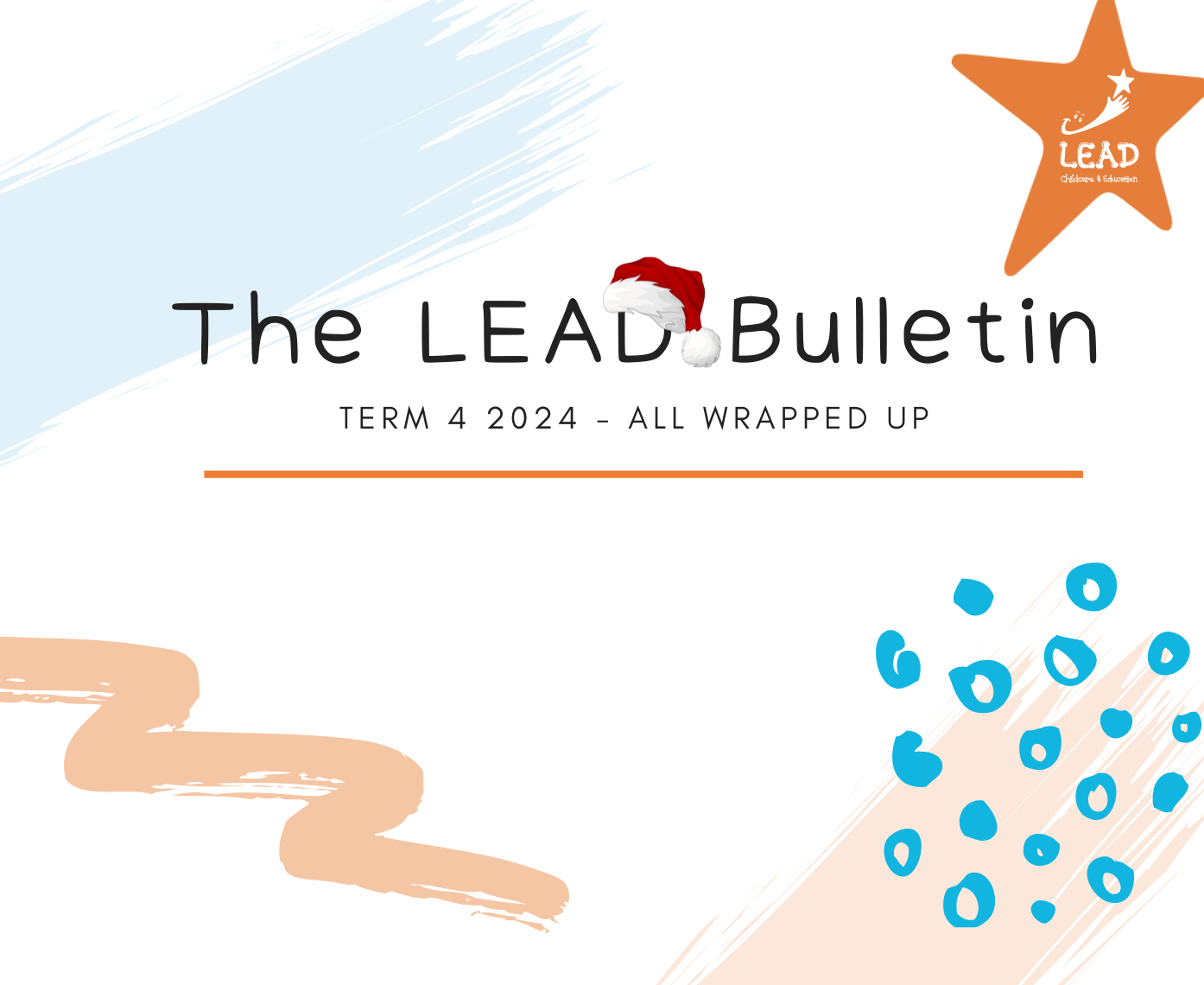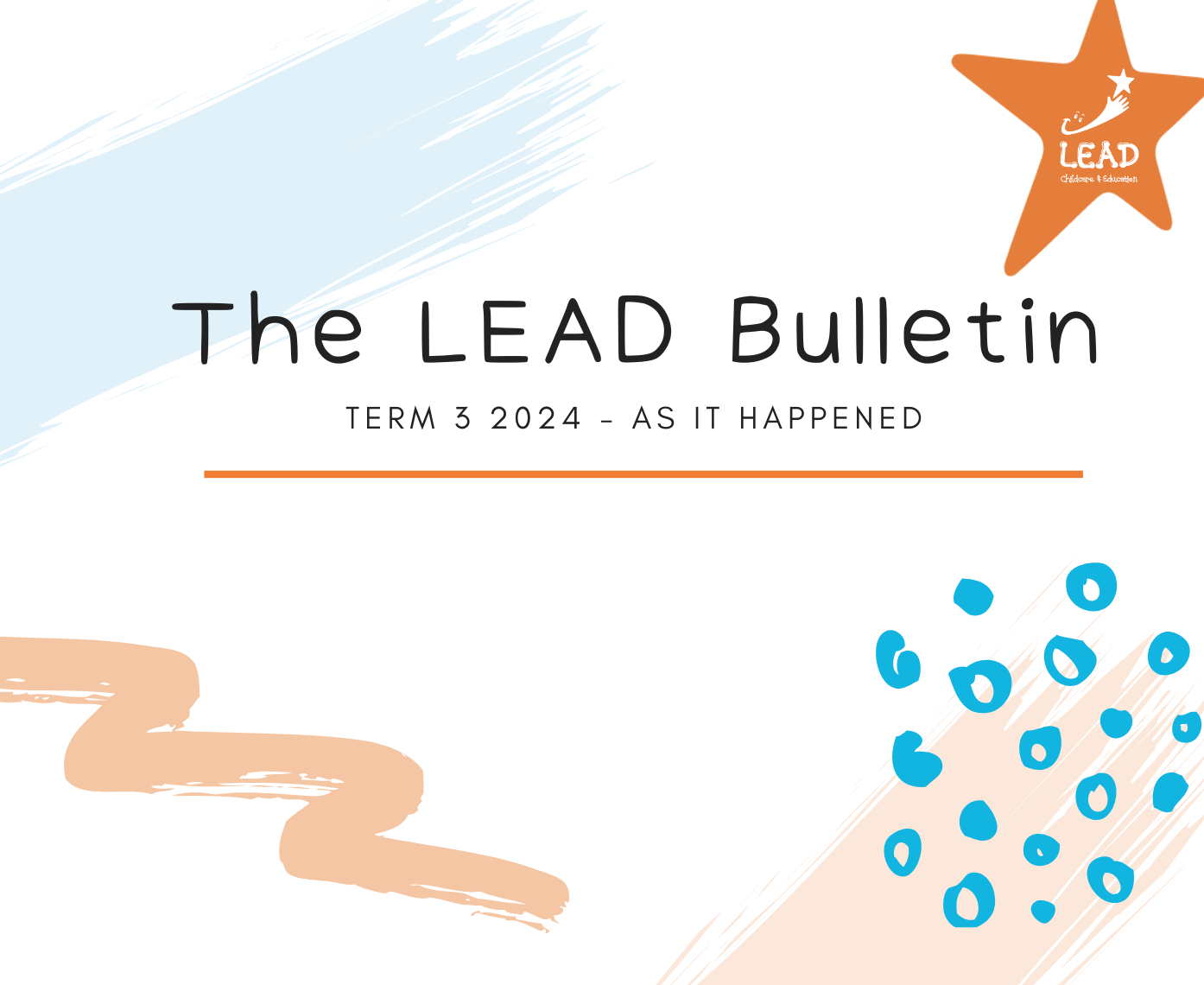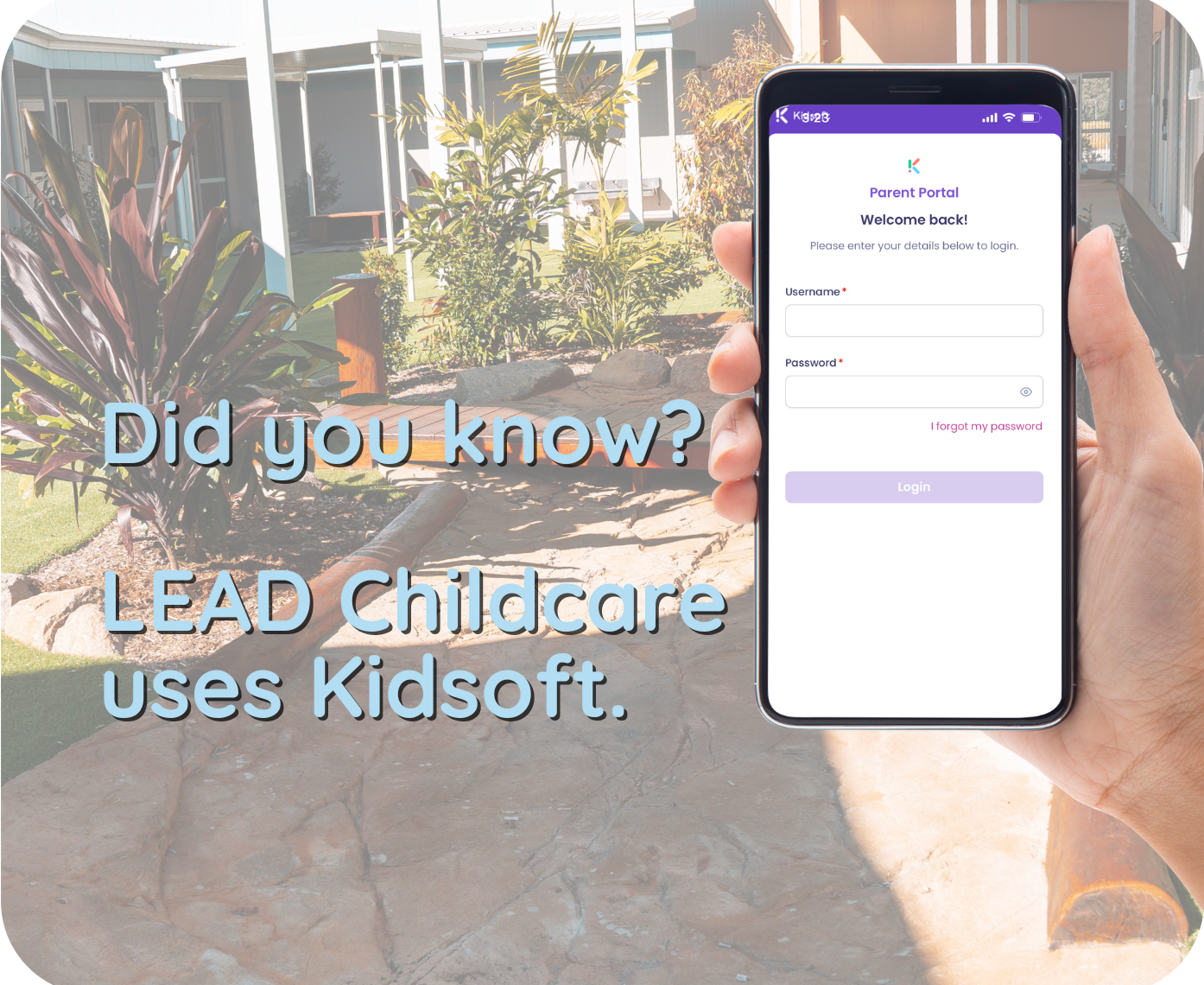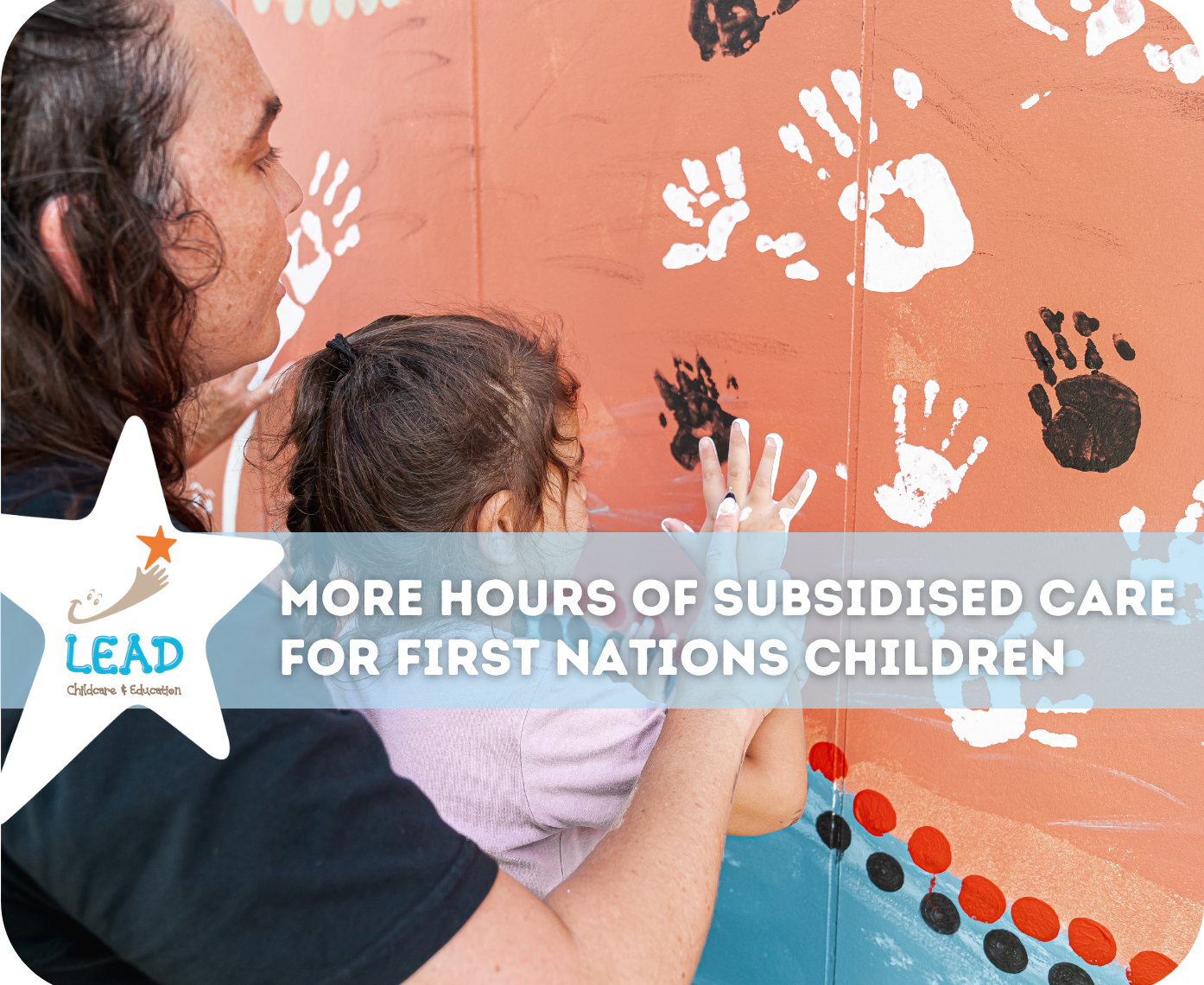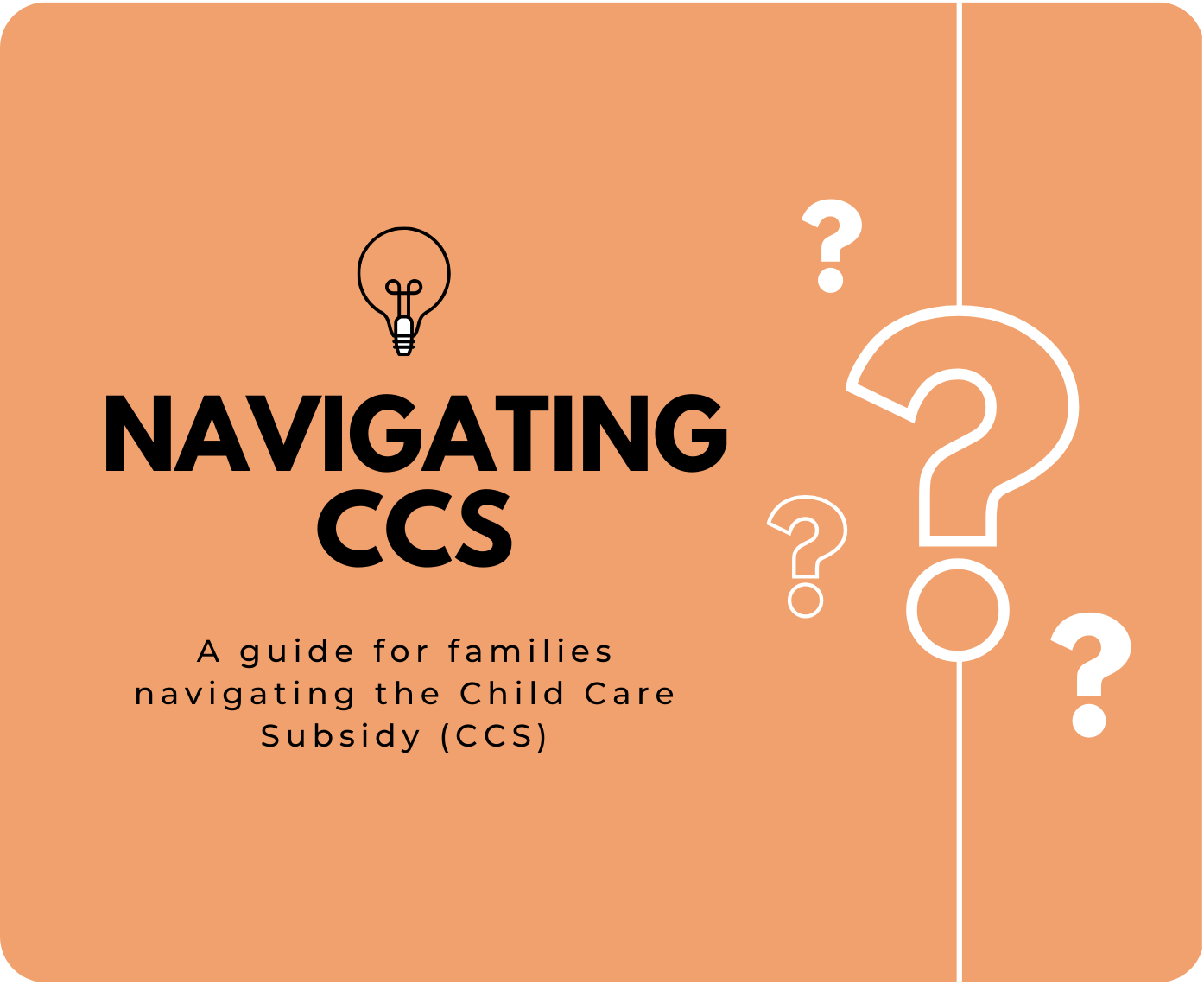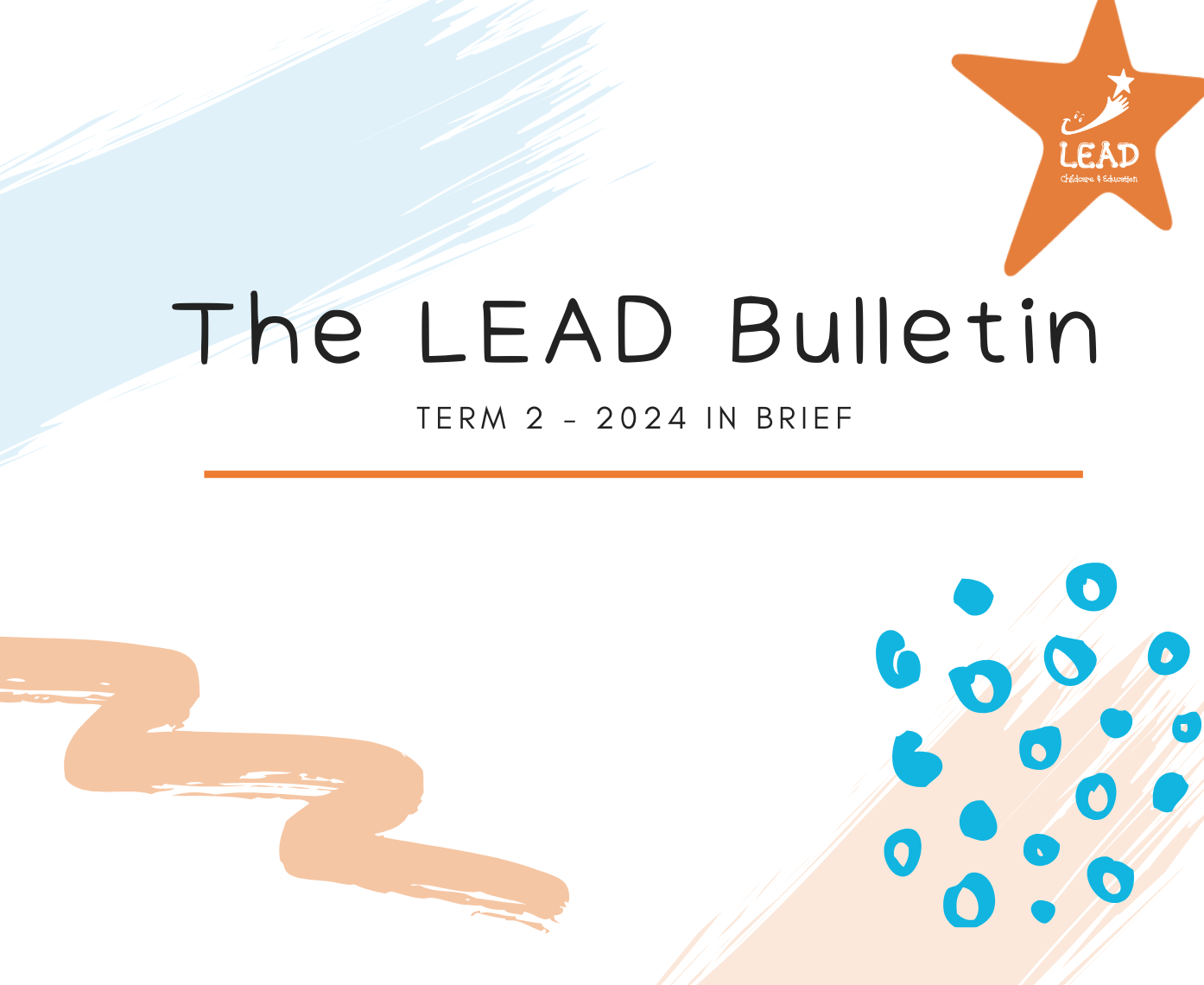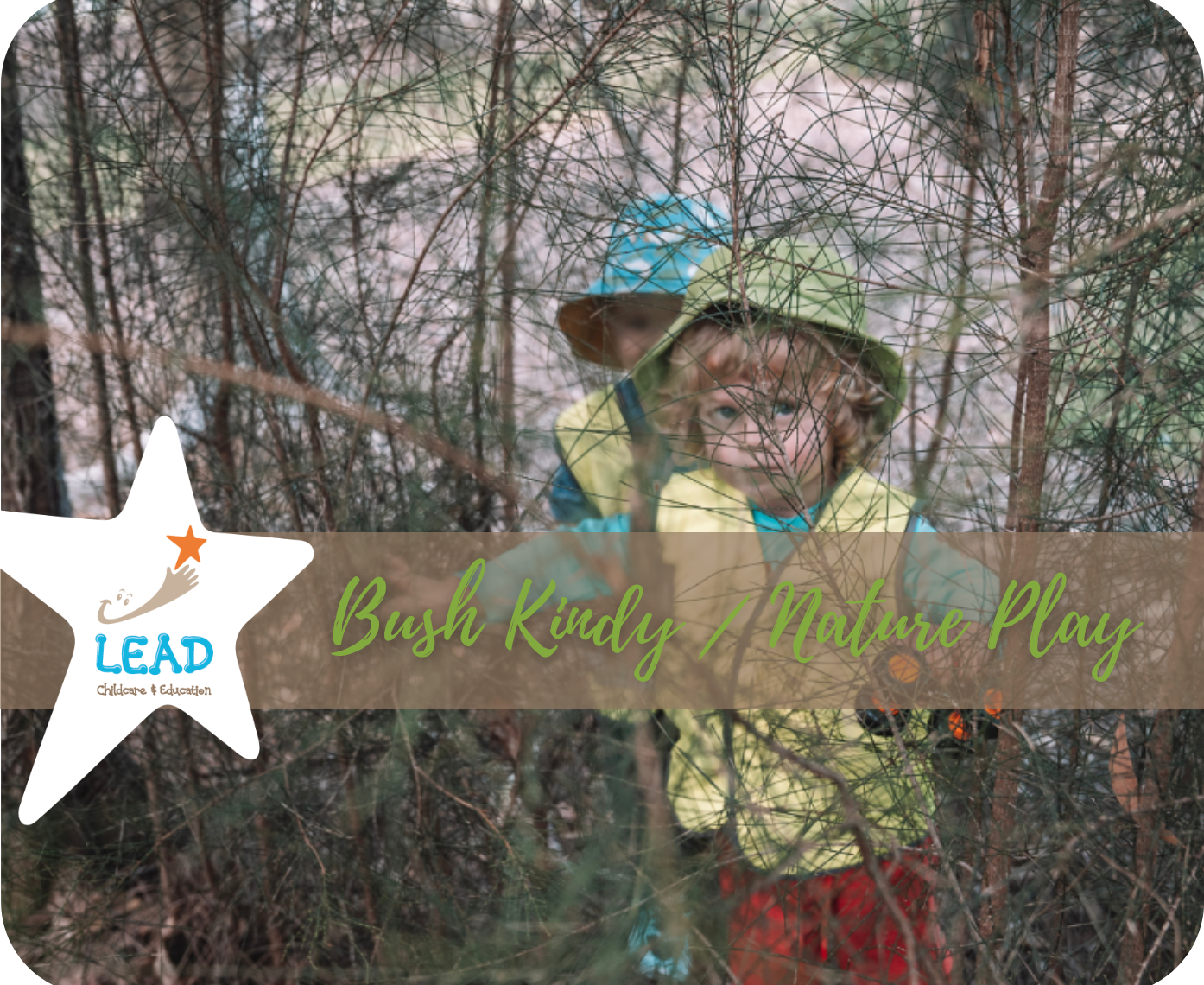Australian families receive assistance with the cost of child care through the Child Care Subsidy (CCS).
To receive the Child Care Subsidy (CCS) you must:
- care for a child 13 or younger who’s not attending secondary school, unless an exemption applies
- use an approved child care service
- be responsible for paying the child care fees
- meet residency and immunisation requirements.
Read the full conditions under who can get it.
The hours of subsidised care you can get each fortnight depends on your activity level.
There are a range of activities that count towards your activity level, including:
If you have more than one child aged 5 or under in care, you may get a higher Child Care Subsidy (CCS) for your second child and any younger children.
You may get a higher subsidy for one or more of your children if all these apply:
Services Australia will automatically work out if you’re eligible. If you are, they’ll automatically apply a higher subsidy to any eligible children in your family.
If your Centrelink online account is linked to myGov, you can check your CCS percentage online.
| Family income |
Subsidy rate |
| Up to $83,280 |
90% |
| More than $83,280 to below $533,280 |
Decreasing from 90%
The percentage decreases by 1% for every $5,000 of income a family earns |
| $533,280 or more |
0% |
What do Families need to do?
A family’s CCS percentage is the amount the government will subsidise.
Read more about how much CCS a family can get on the Australian Government|Department of Education website.
Families already getting CCS don’t need to do anything to get the new rates. Services Australia will apply the changes from Monday 8 July 2024.
Families who haven’t claimed CCS, should lodge a claim with Services Australia.
Some families already using care may currently be assessed for CCS and get 0% but will be eligible for an increased rate from Monday, 8 July 2024. These families should check that their income estimate is up to date through their Centrelink online account. For more information, visit childcaresubsidy.gov.au.
Did you know your activity level affects your CCS?
The hours of subsidised care you can get each fortnight depends on your activity level.
There are a range of activities that count towards your activity level, including:
- paid work
- volunteering
- studying
- looking for work
- unpaid work in a family business
Read the step-by-step guide from Services Australia on how to update your activity test to make sure you get the correct amount of Child Care Subsidy (CCS).
You can check your type of activity and hours:
First Nations children can get more hours of subsidised care
If you want to use child care, the Australian Government helps cover the costs. It’s called Child Care Subsidy, or CCS. The government pays child care services, who pass the subsidy on to you as cheaper fees.
You can get at least 36 hours of CCS per fortnight for each Aboriginal and/or Torres Strait Islander child in your care. This is regardless of the amount of activity you do, such as work, training, study or volunteering.
- This may make your child care fees cheaper.
- Young ones can prepare and be ready for big school.
- You have more access to child care if you need it.
You can find out more about how to apply at First Nations activity test.
You do not need to do anything if you already get more than 36 hours of subsidy. A family’s CCS rate will continue to be based on their income.
Share this post with families at your service.
Families using child care must pay the gap fee using electronic means from 1 July 2023.
The gap fee is the difference between the provider’s fee and the Child Care Subsidy (CCS) amount. Find out more about gap fees and Child Care Subsidy.
Electronic funds transfer, or EFT, is when a customer pays a bill using electronic means. Typical EFT payment methods include:
- bank or credit card, including mobile wallets
- direct deposit or bank transfer, including PayID
- online payment systems through third party software
- BPAY or Centrepay.
EOFY 2022-2023
We’ve created a Parents Guide to CCS Changes, as we know how confusing and stressful the end of financial year planning can become, especially for families in 2022 looking to be smart and savvy with their money to ensure they are getting the most bang for their buck!
We also know how confusing it can be for families when it comes to Child Care Subsidy Changes to ensure Childcare is working the best for them and for families to know what they are entitled to. We have created a list of all of the changes coming to CCS (Child Care Subsidy) and where families can find more information about the changes ahead.
Balancing Child Care Subsidy
Families must confirm their income each financial year to ensure they are paid the correct amount of Child Care Subsidy.
Before each financial year begins, families inform Services Australia what they estimate they will earn that year (income estimate). Services Australia uses this estimate to work out how much CCS to pay families.
If an estimate is not provided, Services Australia estimates a family’s income using information from the current financial year. Families can update their estimate at any time during the year if their circumstances change.
Once each financial year comes to an end, families are required to confirm what they actually earned that year. This is how Services Australia ensures that families are paid the correct amount of CCS.
Families can confirm their income by either lodging their tax return or advising Services Australia they are not required to lodge a tax return. Families must complete an Advise non-lodgment of tax return using their Centrelink online account through MyGov. This will need to be completed for Services Australia even if the ATO has been advised that the family does not need to lodge a tax return.
Families have one year to confirm their income. If their income is not confirmed within 12 months after the end of the financial year their CCS will stop, and they will have to pay full fees for child care.
For more information on CCS Balancing, please visit Department ESE-Balancing CCS
CCS Eligibility: 26 Week Rule
From July 11, a child who hasn’t used care at least once within the previous 26 weeks will no longer be eligible for CCS. Families will need to submit a new CCS claim if the child re-commences care.
For more information, please visit Services Australia
Child Care Subsidy Rates Increase
Child Care Subsidy rate increase will take effect from July 11, which is the start of the first CCS fortnight in the new financial year.
For a breakdown of the percentages and more information on family eligibility and entitlements, please visit Department ESE Family Eligibility and Entitlement
Did you know?
Families with more than one child aged 5 or under in care can get a higher CCS for their second child and younger children. Combined families will automatically start receiving the higher CCS from July 1 2022.
For more information or to find out if you are eligible for the Higher Child Care Subsidy, please visit Department ESE Higher CCS
